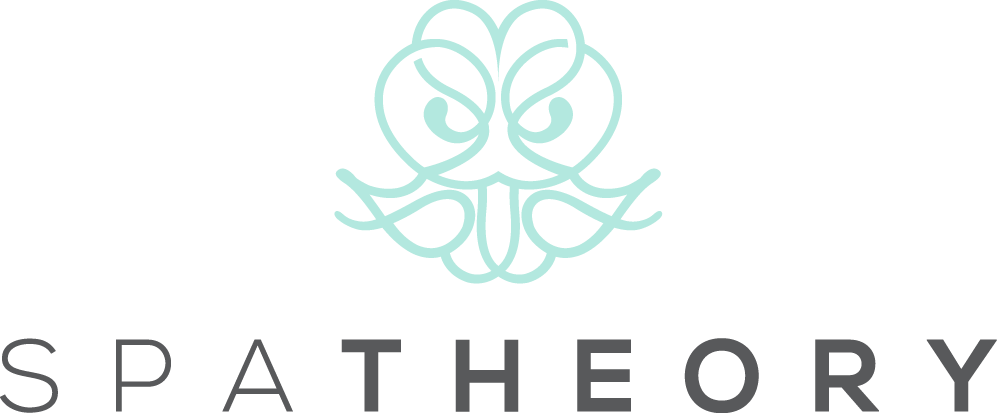The Importance of Proper Breathing During Massage
For most of us, a massage is synonymous with relaxation and relief; as muscles are kneaded and tension is released, the body embarks on a journey of rejuvenation. However, the effectiveness of this journey is often tied to an overlooked element: our breath. While many of us might instinctively hold our breath during certain parts of the massage or might not focus on it, proper breathing can significantly enhance the therapeutic benefits of the session. But how? Let’s take a look.
Why Breath Matters in Massage
Breathing plays a pivotal role in any form of bodywork, including massage. Here's why:
Facilitates Relaxation
Deep and consistent breathing signals the body to relax; as you breathe in and out rhythmically, your body responds by lowering heart rate, reducing blood pressure, and releasing tension. This prepares your body to fully harness the benefits of the massage.
Enhances Oxygen Supply
Proper breathing ensures that your muscles receive an adequate oxygen supply; this is important as oxygenated muscles are more pliable and responsive to the massage, leading to more effective tension release.
Aids in Toxin Release
One of the main goals of many massage therapies is to help the body get rid of toxins. As the therapist works on your muscles, toxins get released - and breathing correctly helps in expelling these toxins from the body more efficiently.
Mitigates Pain
There might be moments during the massage when the therapist works on a particularly tight knot or a tender area; breathing deeply through these moments can actually help in reducing the sensation of pain.
Breathing Techniques to Enhance Your Massage Experience
For those new to the concept of breathing massage or those who wish to maximize their session's benefits, here are a few techniques to consider:
Diaphragmatic Breathing
Also known as abdominal breathing, this technique involves deep breaths through the nose, ensuring that the diaphragm, not just the chest, rises and falls. This technique promotes full oxygen exchange and is immensely calming.
Counted Breathing
This involves inhaling for a specific count, holding the breath for a few seconds, and then exhaling for a slightly longer count. It's great for maintaining rhythm and ensuring deep breaths throughout the session.
Bring a friend
Okay, so this isn’t a breathing technique per say - but if you tend to tense up during a massage due to social anxiety, why not consider bringing a friend or a partner with you? Better yet, have your massage therapist come to your home when you book a professional mobile couples massage. Being in the comfort of your own home, you’re more likely to feel at-ease and relaxed.
Breath Awareness During the Massage
Aside from breathing techniques, awareness helps too; as you lie down on the massage table, bringing awareness to your breath can set a meditative tone for the session, in the same way that meditating or taking a shower before your massage can help you unwind. When the therapist begins their work, notice the natural rhythm of your breath without trying to change it. As the session progresses, you'll likely find that this awareness itself promotes deeper, more rhythmic breathing.
Synchronizing Breath with Pressure
A useful technique during the massage is to synchronize your breath with the therapist's pressure. For instance, as the therapist applies pressure, breathe out, and as they release, breathe in. This synchronized approach not only maximizes muscle relaxation but also creates a harmonious connection between you and the therapist, enhancing the overall experience.
Post-Massage Breathing
Once your massage session concludes, it's essential to continue focusing on your breathing: as you sit up and readjust to your surroundings, deep and mindful breathing can help consolidate the relaxation and healing benefits of the massage, while also aiding in transitioning back to the day's activities with a sense of calm and rejuvenation.
FAQs
Why is breathing important during a massage?
Breathing deeply and rhythmically during a massage ensures that oxygen is circulated efficiently throughout the body. This enhances muscle relaxation, helps in the release of toxins, and aids in the overall relaxation response. Moreover, focusing on your breath can serve as a meditation tool, further enhancing the therapeutic effects of the massage.
How should I breathe during a massage?
It's advisable to take deep, slow breaths from the diaphragm rather than shallow breaths from the chest; this type of breathing promotes relaxation and helps in releasing tension. If a therapist is working on a particularly tight spot, taking a deep breath and exhaling slowly can assist in letting go of that tension.
What if I become self-conscious about my breathing?
It's natural to be aware of your own breathing, especially in a quiet setting. However, remember that therapists are trained professionals and are focused on your well-being. There's no "right" or "wrong" way to breathe - the key is to be comfortable and allow yourself to be in the moment, using breath as a tool to enhance relaxation.

